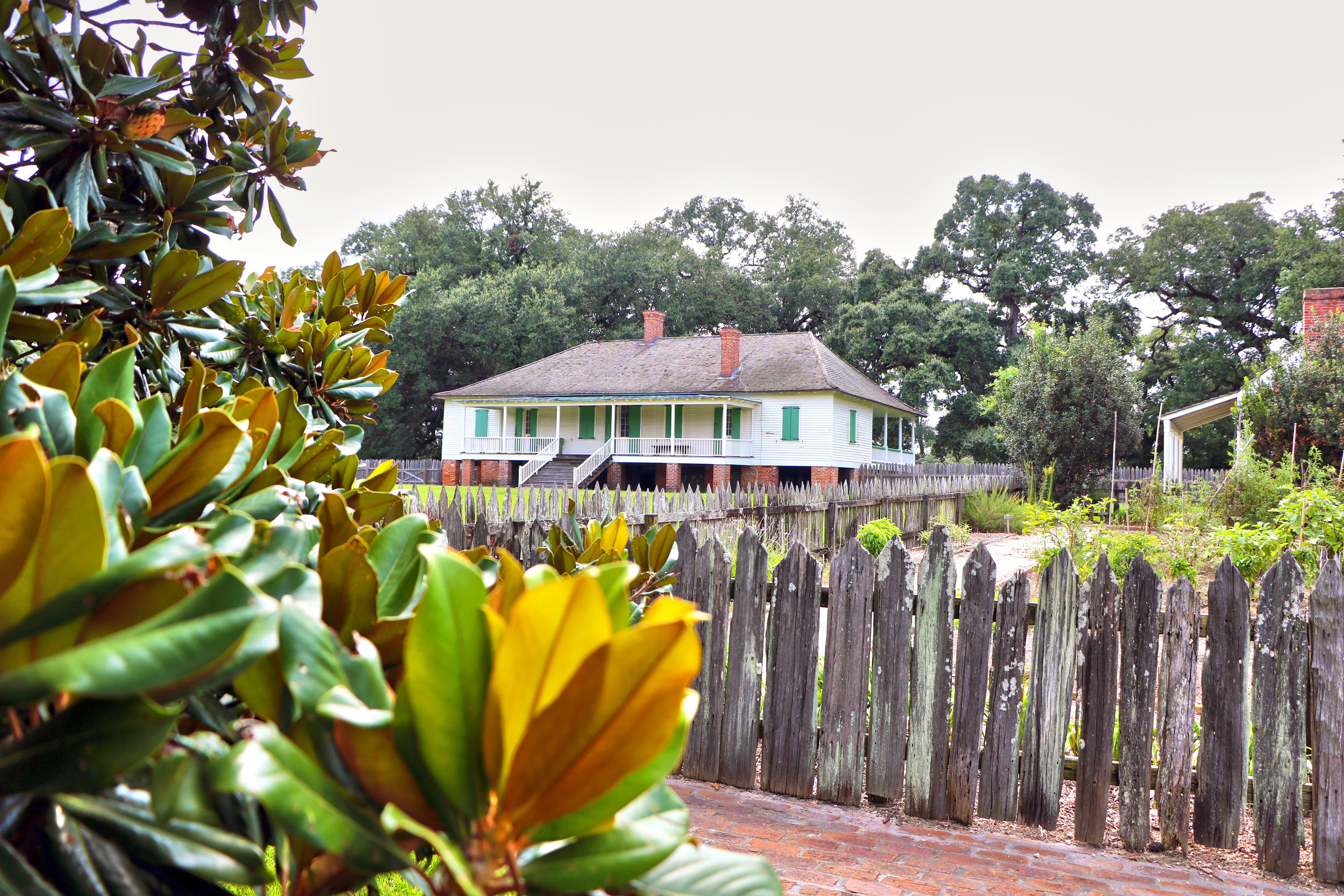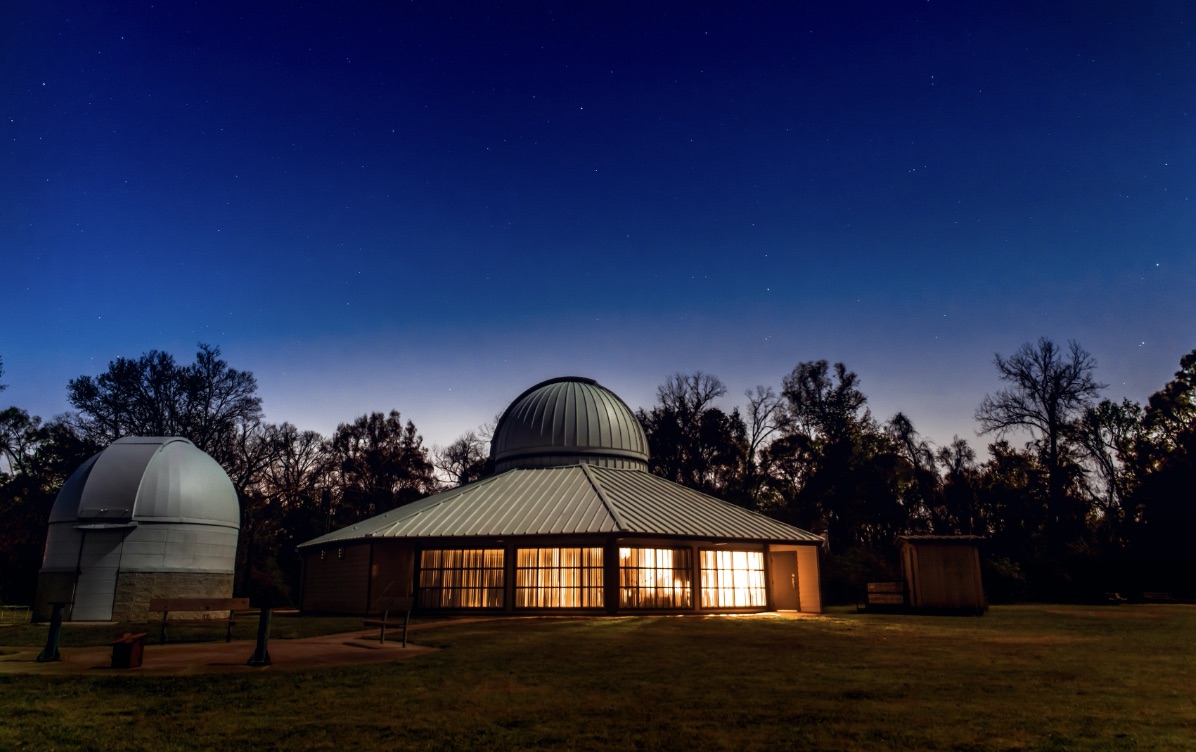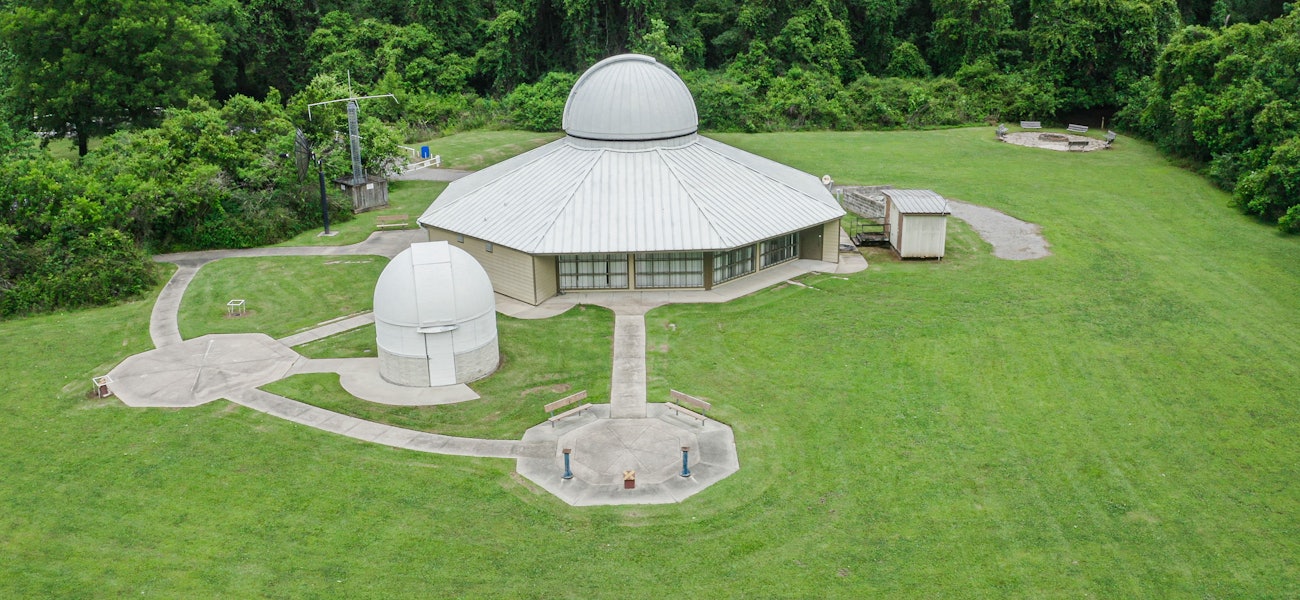Sponsored by BREC
Today, we can peer far into the universe just as easily as we look back at the past. Knowing how we got here is as important as knowing what exists beyond. Through its educational programming, BREC lets visitors explore our history and the galaxies beyond with special programs and events at Magnolia Mound and the Highland Road Park Observatory.
Magnolia Mound

At BREC’s Magnolia Mound, the main house was built circa 1791 as a small settler’s home. As prosperity came to the lower Mississippi Valley, with Louisiana planters producing a quarter of the world’s cane-sugar supply, the house was enlarged and renovated along with its 900-acre operation.
Magnolia Mound’s mission is to illustrate and interpret the lifestyle of the French Creoles who formed the fascinating culture that still influences and pervades life in southern Louisiana. This past summer marked its 42nd year of Summer History Camp. “We’re so proud of the work our education staff has done every year,” says John Sykes, Executive Director of Magnolia Mound. “With that many years under our belt, we’re enjoying having former campers’ children participate in history memories with our camp experiences.”
Magnolia Mound has embraced technology this year in response to the pandemic, shifting gears to provide more web-based content like programs, webinars, and virtual tours, helping visitors to continue to experience Magnolia Mound. “We take seriously our mission of education,” Sykes says. “Even virtually, we can still have an impact and encourage others to learn more about our state and local history.”
Magnolia Mound offers a variety of tours and hands-on educational programs. For more information, visit brec.org, email [email protected], or follow on Facebook @brecmagnoliamound.
Highland Road Park Observatory

In letters dating back to 1660, John Winthrop, described as America’s first astronomer, bought a 10-foot telescope and observed Saturn. But not until 1842 did Congress allow an observatory to be built after acknowledging the importance of astronomical observations required to create navigational charts on Navy vessels. All other scientific research was seen as a secondary function.
Today, the field of astronomy is not only valuable, but exciting, fast-paced and ever-changing. BREC’s Highland Road Park Observatory, known for its octagonal main building which houses a 20-inch reflecting telescope inside a retractable dome, has made important contributions to the field of astronomy. The Observatory has been used since May of 1998 to measure and discover 55 new asteroids. Precise position measurements are required to predict future asteroid orbits and the potential impacts with the earth.

HRPO regularly opens its doors to the public for celestial events like eclipses, meteor showers and night Sky Viewings almost every Friday and Saturday night. For more information, or to schedule field trips or inquire about its many other events, camps and programs, visit hrpo.lsu.edu, follow on Facebook @highlandobservatory, or email at [email protected]. LSU’s Department of Physics and Astronomy’s faculty and graduate students routinely volunteer in HRPO’s public programs, sharing their expertise to help us better understand the world of astronomy and space science.
Visit brec.org to learn more about Magnolia Mound and the Highland Road Park Observatory.






